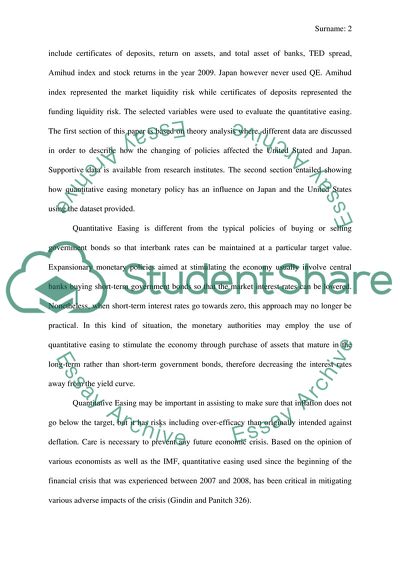Cite this document
(The influence of quantitative easing monetary policy on Japan and the Essay, n.d.)
The influence of quantitative easing monetary policy on Japan and the Essay. https://studentshare.org/finance-accounting/1873282-the-influence-of-quantitative-easing-monetary-policy-on-japan-and-the-united-states
The influence of quantitative easing monetary policy on Japan and the Essay. https://studentshare.org/finance-accounting/1873282-the-influence-of-quantitative-easing-monetary-policy-on-japan-and-the-united-states
(The Influence of Quantitative Easing Monetary Policy on Japan and the Essay)
The Influence of Quantitative Easing Monetary Policy on Japan and the Essay. https://studentshare.org/finance-accounting/1873282-the-influence-of-quantitative-easing-monetary-policy-on-japan-and-the-united-states.
The Influence of Quantitative Easing Monetary Policy on Japan and the Essay. https://studentshare.org/finance-accounting/1873282-the-influence-of-quantitative-easing-monetary-policy-on-japan-and-the-united-states.
“The Influence of Quantitative Easing Monetary Policy on Japan and the Essay”. https://studentshare.org/finance-accounting/1873282-the-influence-of-quantitative-easing-monetary-policy-on-japan-and-the-united-states.


